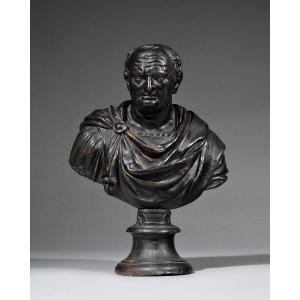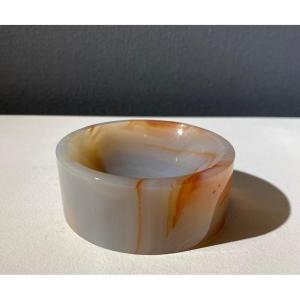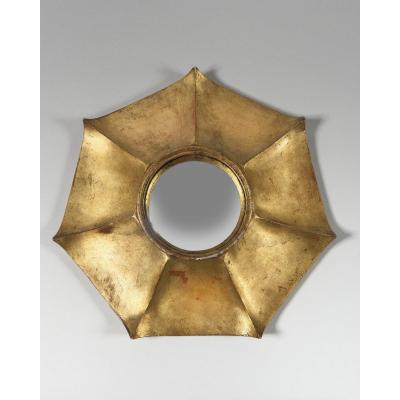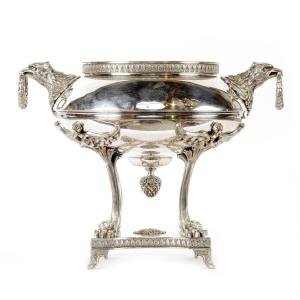Carrara white marble.
Early 19th century.
Those two ornamental vases in white marble of Carrara with faint gray accents are covered, flanked by handles, adorned with flutes on their bodies. They rest on a pieduccio with a base in the same white marble. The marble’s polish gives them a shiny and velvety appearance reminiscent of Canova’s marble’s ultima mano. The German critic Carl Ludwig Fernow wrote in 1807 about Canova, who was then at the peak of his fame and whose studio he had visited : " He gives to the marble the appearance of a soft and delicate substance, and when it has received the last polish, by means of the pumice-stone, he makes use of a mordant, to diminish its whiteness, and to give it somewhat of a yellowish tint." (Fernow, 1807, p. 47). These two Italian ornamental vases seem to have benefited from a similar finish, either with a rasp or pumice-stone, giving them their satin-like texture.
Sources :
Rudolf Wittkower, Sculpture. Processes and Principles, London, 1986.
Carl Ludwig Fernow, "Account of the Life and Works of M. Canova, the Celebrated Italian Sculptor", dans The Monthly Magazine, n° 160, August 1807.






























 Le Magazine de PROANTIC
Le Magazine de PROANTIC TRÉSORS Magazine
TRÉSORS Magazine Rivista Artiquariato
Rivista Artiquariato